Rajarshi Banerjee
Stay Alive with Many Options: A Reinforcement Learning Approach for Autonomous Navigation
Jan 30, 2021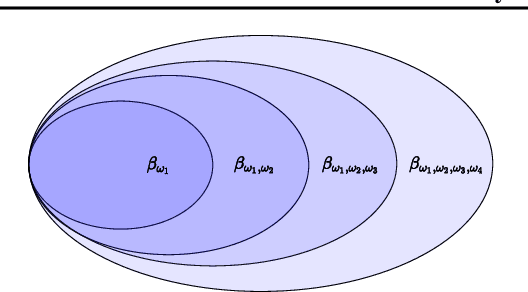
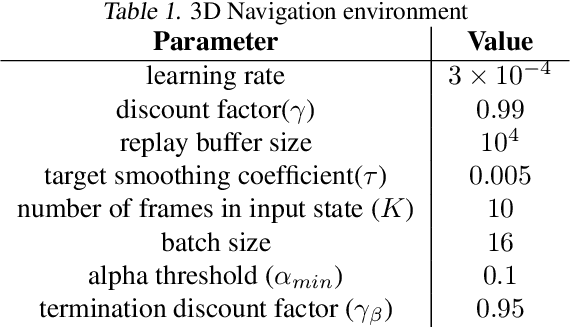
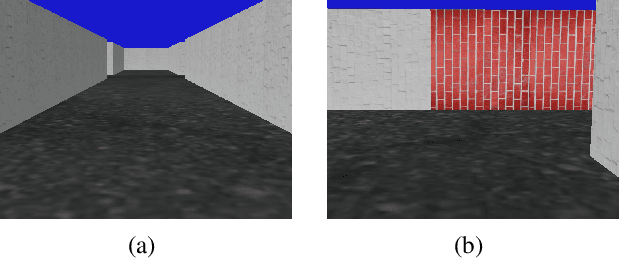
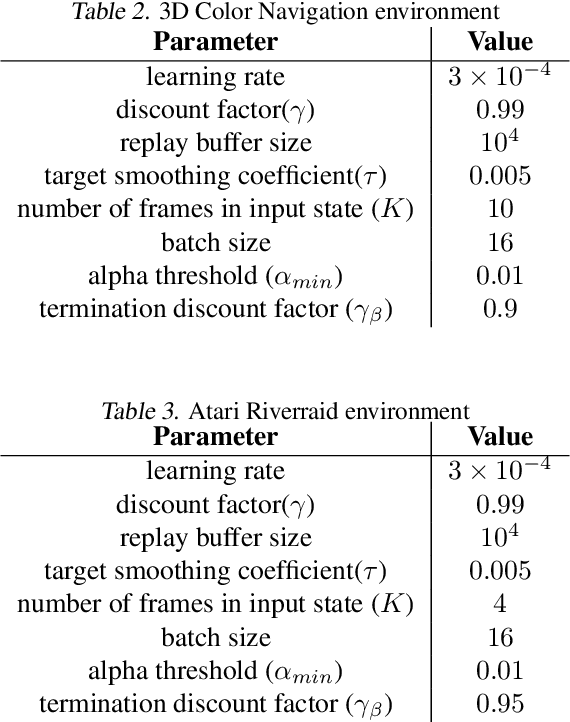
Abstract:Hierarchical reinforcement learning approaches learn policies based on hierarchical decision structures. However, training such methods in practice may lead to poor generalization, with either sub-policies executing actions for too few time steps or devolving into a single policy altogether. In our work, we introduce an alternative approach to sequentially learn such skills without using an overarching hierarchical policy, in the context of environments in which an objective of the agent is to prolong the episode for as long as possible, or in other words `stay alive'. We demonstrate the utility of our approach in a simulated 3D navigation environment which we have built. We show that our method outperforms prior methods such as Soft Actor Critic and Soft Option Critic on our environment, as well as the Atari River Raid environment.
Impact of Interventional Policies Including Vaccine on Covid-19 Propagation and Socio-Economic Factors
Jan 11, 2021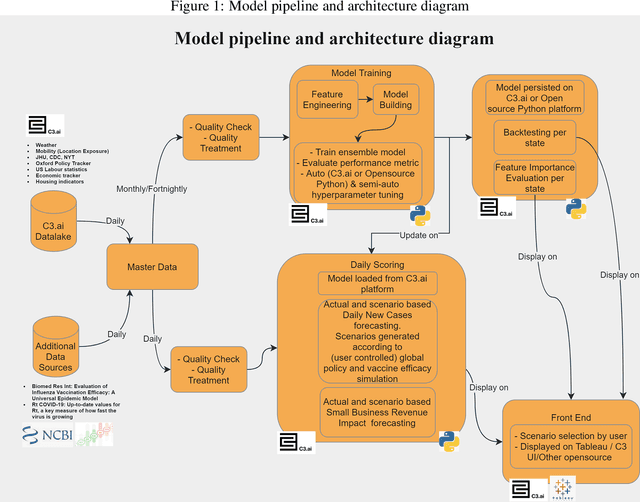
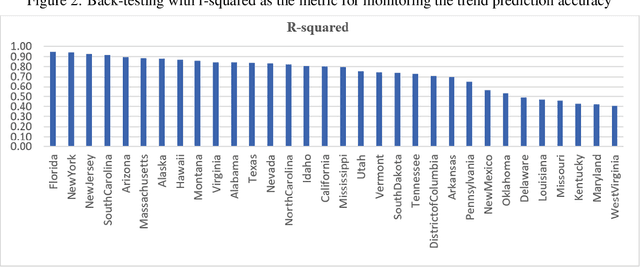
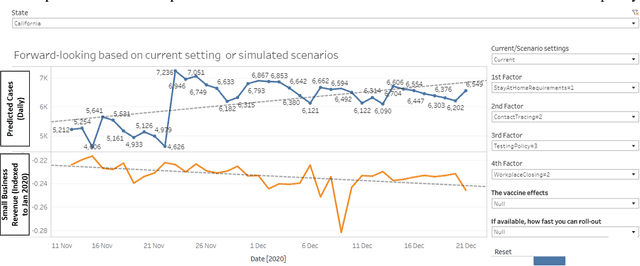
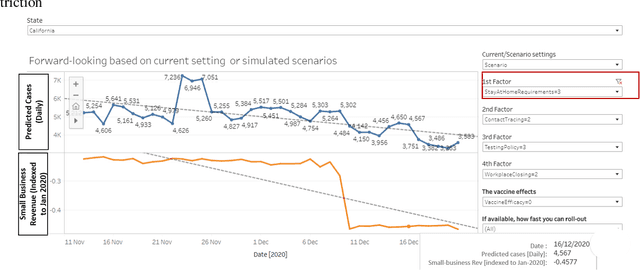
Abstract:A novel coronavirus disease has emerged (later named COVID-19) and caused the world to enter a new reality, with many direct and indirect factors influencing it. Some are human-controllable (e.g. interventional policies, mobility and the vaccine); some are not (e.g. the weather). We have sought to test how a change in these human-controllable factors might influence two measures: the number of daily cases against economic impact. If applied at the right level and with up-to-date data to measure, policymakers would be able to make targeted interventions and measure their cost. This study aims to provide a predictive analytics framework to model, predict and simulate COVID-19 propagation and the socio-economic impact of interventions intended to reduce the spread of the disease such as policy and/or vaccine. It allows policymakers, government representatives and business leaders to make better-informed decisions about the potential effect of various interventions with forward-looking views via scenario planning. We have leveraged a recently launched open-source COVID-19 big data platform and used published research to find potentially relevant variables (features) and leveraged in-depth data quality checks and analytics for feature selection and predictions. An advanced machine learning pipeline has been developed armed with a self-evolving model, deployed on a modern machine learning architecture. It has high accuracy for trend prediction (back-tested with r-squared) and is augmented with interpretability for deeper insights.
 Add to Chrome
Add to Chrome Add to Firefox
Add to Firefox Add to Edge
Add to Edge